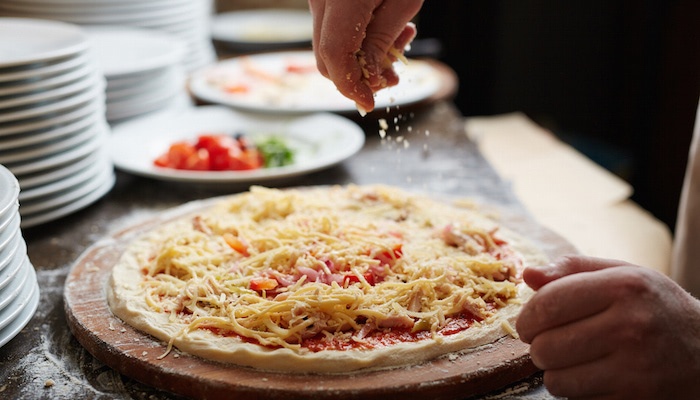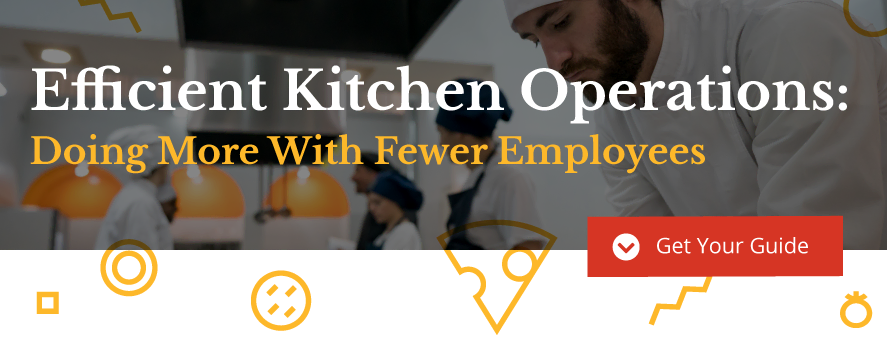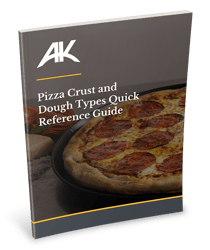 Your customers want fresh, flavorful pizza every time they purchase from your restaurant or shop. However, consistently meeting those expectations across multiple locations and training various staff members can be anything but simple.
Your customers want fresh, flavorful pizza every time they purchase from your restaurant or shop. However, consistently meeting those expectations across multiple locations and training various staff members can be anything but simple.
Establishing a set of standard operating procedures (SOPs) for your pizza operation will not only provide uniformity and improve quality, it can also save money, streamline the training process, reduce waste and, most importantly, deliver on what customers have come to expect and love about your restaurant.
SOPs are meant to address everyday pizzeria operations, so your SOP list will likely run the gamut from the back of the house to the front. Here’s a short list of possibilities to kickstart your SOP brainstorm:
Food Preparation
- Thawing and storage of pre-made crusts
- Proofing and stretching dough balls
- Topping and presentation standards for each size and type of pie
- Detailing appetizer and dessert recipes with written and visual instructions
- Arranging and organizing workstations for efficient use
Food Safety
- Cleaning and sanitizing food contact surfaces
- Addressing food allergies and cross-contamination
- Controlling cooked item hold times and temperatures
- Labeling, handling and rotating inventory
- Disposing of expired products
- Enforcing personal hygiene and regular hand washing standards
Facility
- Monitoring inventory weekly/monthly to deter theft, ensure product availability and adjust ordering volumes
- Managing product ordering and deliveries
- Maintaining and cleaning kitchen equipment (ovens, fryers, etc.)
- Using and storing cleaning supplies
- Cleaning up spills, bodily fluids and other hazards
- Scheduling and supervising pest control
Customer Service
- Training waitstaff in accurate order taking and food presentation
- Establishing protocols (for table setting/clearing, delivery phone call scripts, etc.)
- Handling customer complaints
A final consideration when developing SOPs: think beyond a list format. Some processes are more easily described in pictures, and some employees are visual learners. Include simple instructional graphics as the process warrants. It will save time, build employee confidence and help you meet consistency goals.
In addition to improving efficiencies, SOPs are valuable in easing the impact of the industry's ongoing labor shortage. Clearly communicated expectations keeps the team on the same page, especially when workers are sometimes spread thin to cover vacant shifts and multiple responsibilities. Learn more about how you can leverage best practices and convenient Alive & Kickin' products to maximize an understaffed team in The Efficient Kitchen: Doing More With Fewer Employees. Click the button below to access your copy of this valuable guide now.






